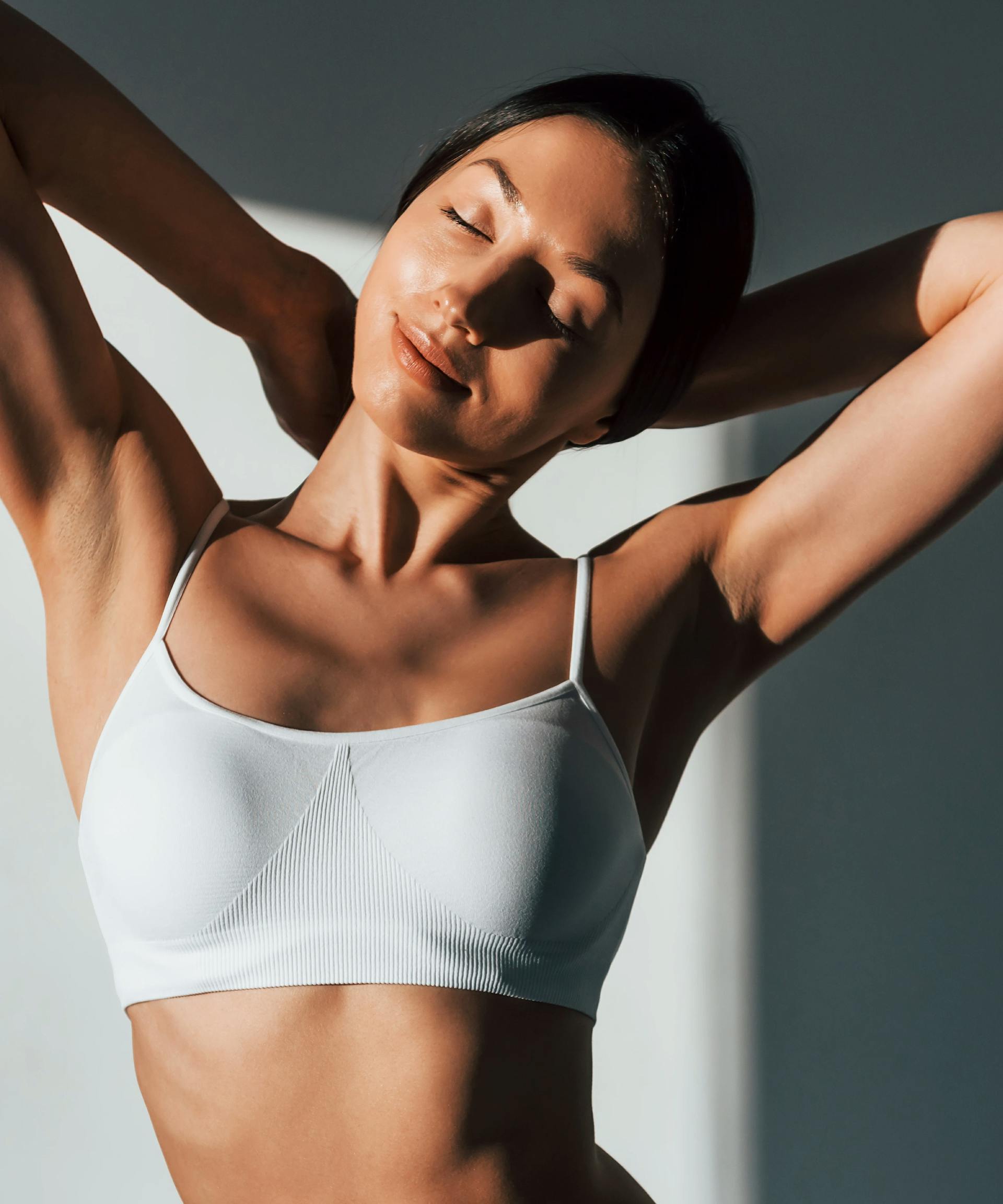Is The Natural Boob Job About To Make Implants Obsolete?
For countless women, breast augmentation is the number one go-to enhancement option, now awash in a verifiable sea of choices in today’s competitive cosmetic surgery market.

In fact, it’s the most popular cosmetic surgery ever. Research from the American Society of Plastic Surgeons reveals that in 2018 alone, the surgery was done over 300,000 times in the U.S. Furthermore, the surgery is most commonly performed on younger women.
We’re more aware now than ever of the plethora of problems stemming from breast enhancement and implants. These include links to cancer and autoimmune disorders, as well as the financial responsibility of having to replace implants every ten years as recommended. Therefore, it’s completely natural to see why fat transfers — also known as the “natural boob job” — are taking over and threatening to replace implants entirely.
The Danger of Traditional Implants
Believe it or not, the first breast augmentation dates back to 1895, letting us know that women have wanted to change the size of their breasts long before it was popularized by the media and pop-culture.
Fortunately, since the late 19th century, we’ve learned of the very real dangers of implants. The FDA comprehensively documents these risks, and they range from everything including trouble breastfeeding to connective tissue disease and breast cancer.
The health risks of traditional implants include breast cancer and connective tissue disease.
Silicone breast implants in particular have a troubled history marked with disaster, which eventually led to their ban in 1992. The ban was lifted, though, in 2006. Since then, countless lawsuits and victims compensation claims have documented leaking or defective implants, which can lead to easily contracting infections, numbness in certain parts or in the whole breast, as well as breast tissue becoming necrotic (dying).
A Popular Trademark of the Rich and Famous
Yet the popularization of implants is far from over. Breast augmentation is a process numerous celebrities have undergone which many average people can afford, increasing its popularity due to those in the public eye and the desire of women to go under the knife with more affordable options available.
Is breast augmentation motivated by a genuine desire for personal betterment or by vanity and pressure from others?
However, a few celebrities — Victoria Beckham, Yolanda Hadid, Giselle Bündchen, and Heidi Montag to name a few — have been open and honest about their painful and unhealthy relationships with their implants. The late Hugh Hefner’s wife and former Playmate Crystal Hefner had hers removed after eight years, claiming in a Facebook post that her implants were “slowly poisoning” her body. Chrissy Teigen recently had hers removed as well, saying that she wanted to be able to relax in her own body and wear clothes that actually fit her.
The “Natural Implant” is Taking Over
Even if traditional implants are on their way out, breast augmentation as a common process is far from over.
Fat transfers, or fat grafts, are a relatively new and increasingly popular process of transferring fat from particular areas of the body, such as the arms or inner thighs, and putting it into the breasts. While fat grafts originated as a reconstructive process for mastectomy patients, it’s becoming more well-known as a supposedly safer alternative for those seeking augmentation for aesthetic reasons.
Fat is transferred from the arms or the inner thighs to the breasts.
As with traditional implants, there are safety concerns with fat transfers. There’s also a limit to just how big you can go: sizing up one to two cup sizes is usually what’s recommended due to the amount of body fat able to be removed from the transferred area. However, many patients (including some who’ve tried both) praise this process over traditional implants for the more natural feel and appearance of the results.
Closing Thoughts
Traditional breast implants, be they silicone or saline, can present hosts of problems for women. As they say, modern problems require modern solutions, and this so-called natural alternative might be just that for the women who will choose to undergo this cosmetic procedure.
As with any invasive procedure, especially when it’s for cosmetic or aesthetic reasons, it’s crucial to research and inform ourselves before making a decision that could impact our health far into the future. That includes asking ourselves who we’re making these changes for and why. Is it motivated by a genuine desire for personal betterment or by vanity and pressure from others?